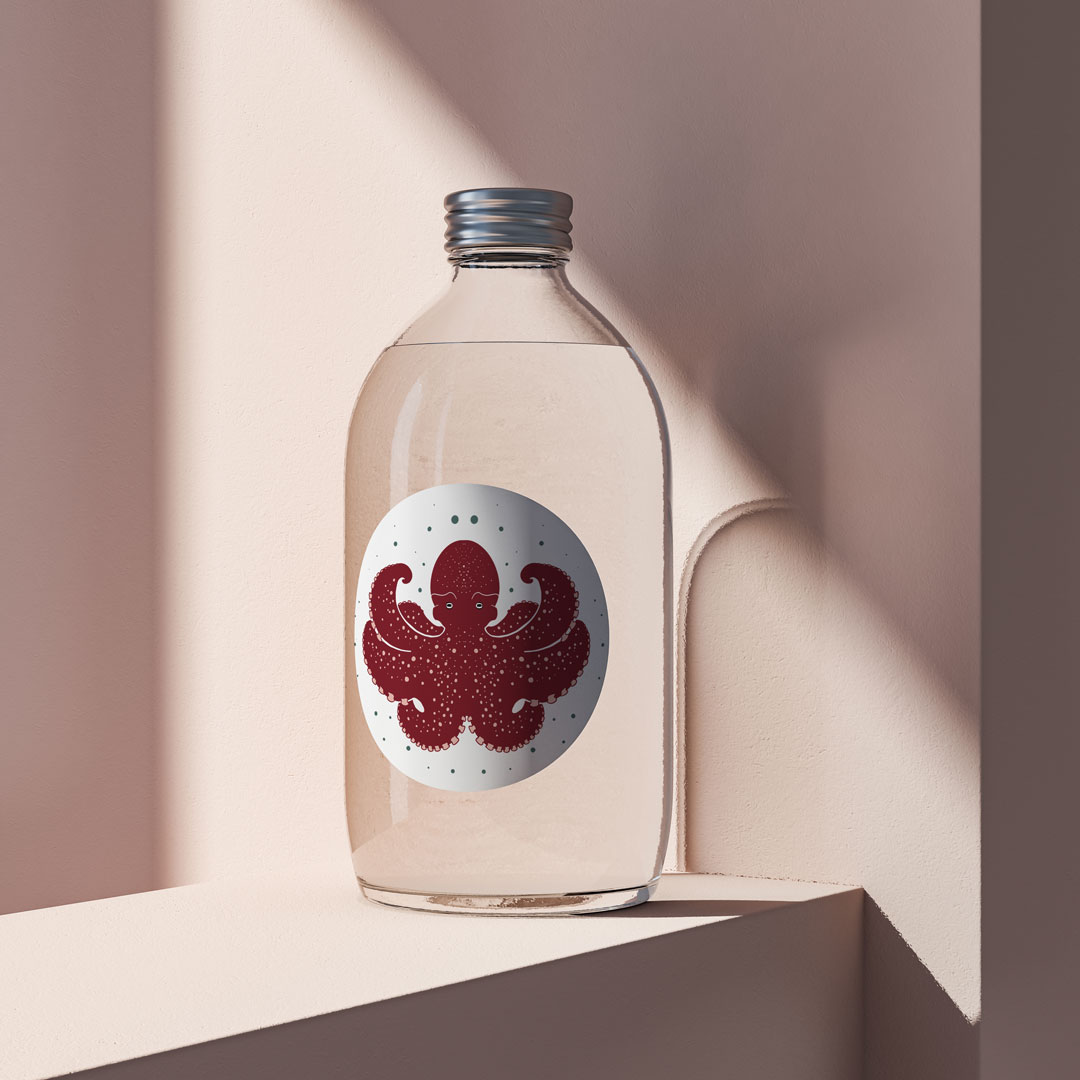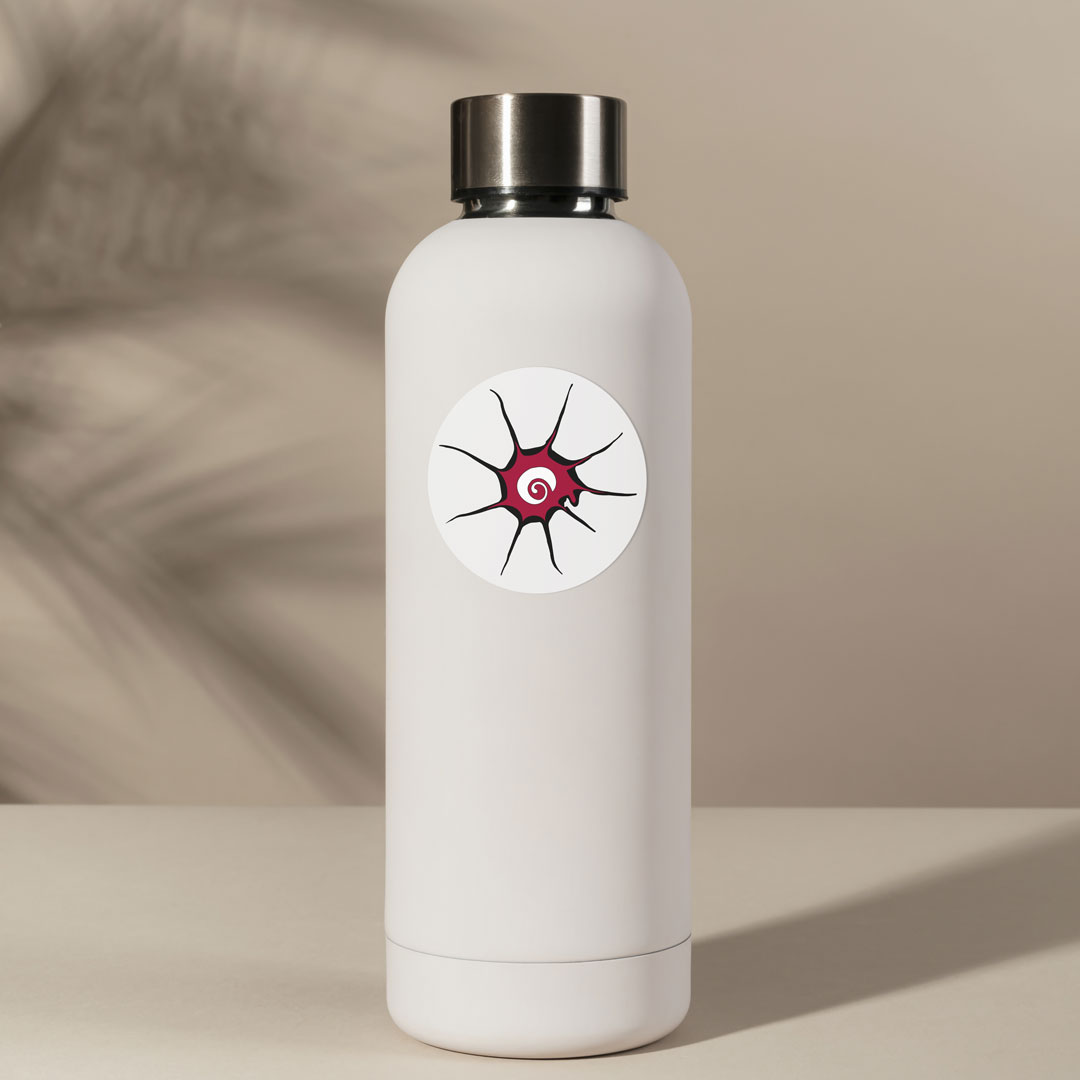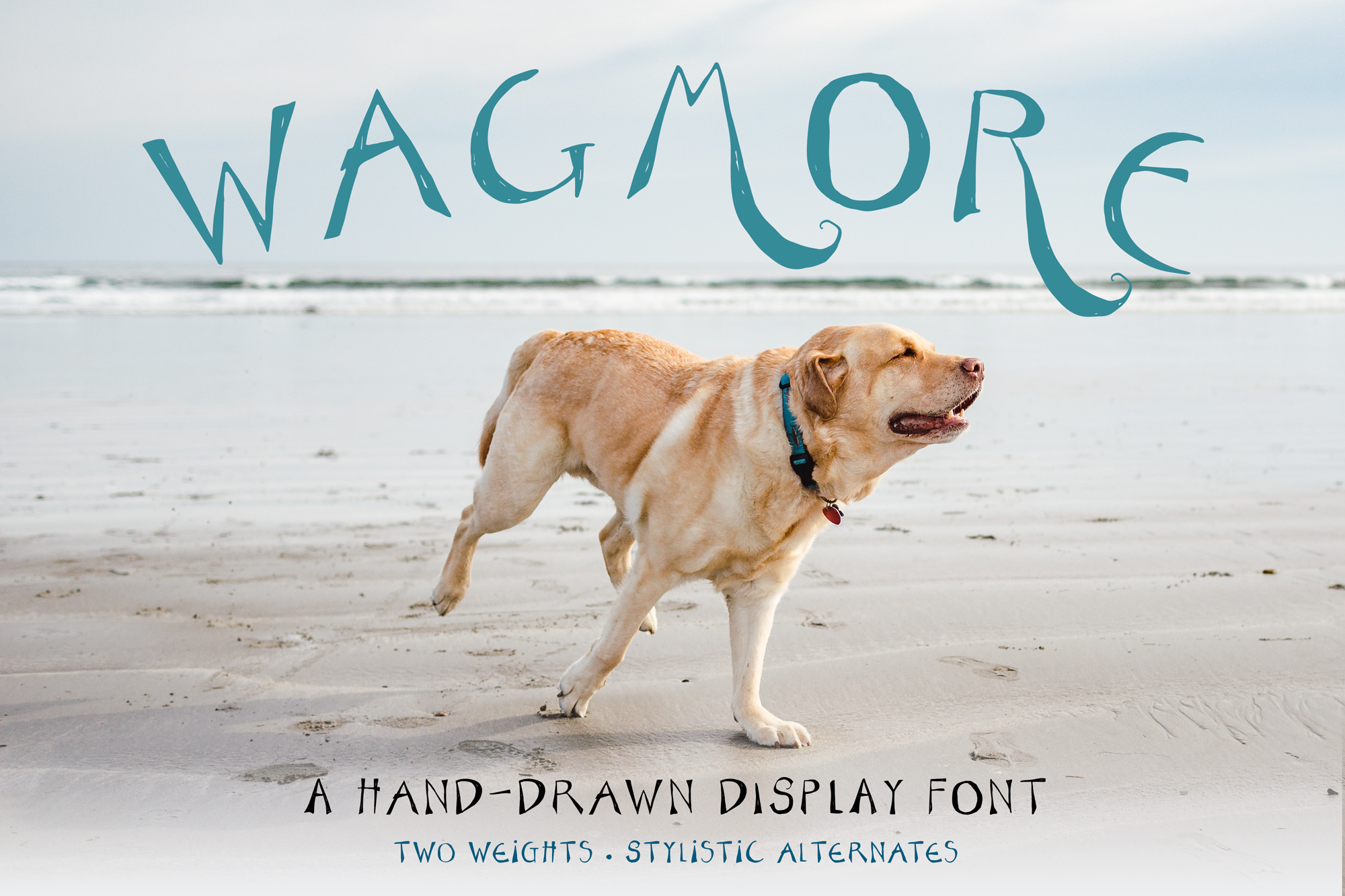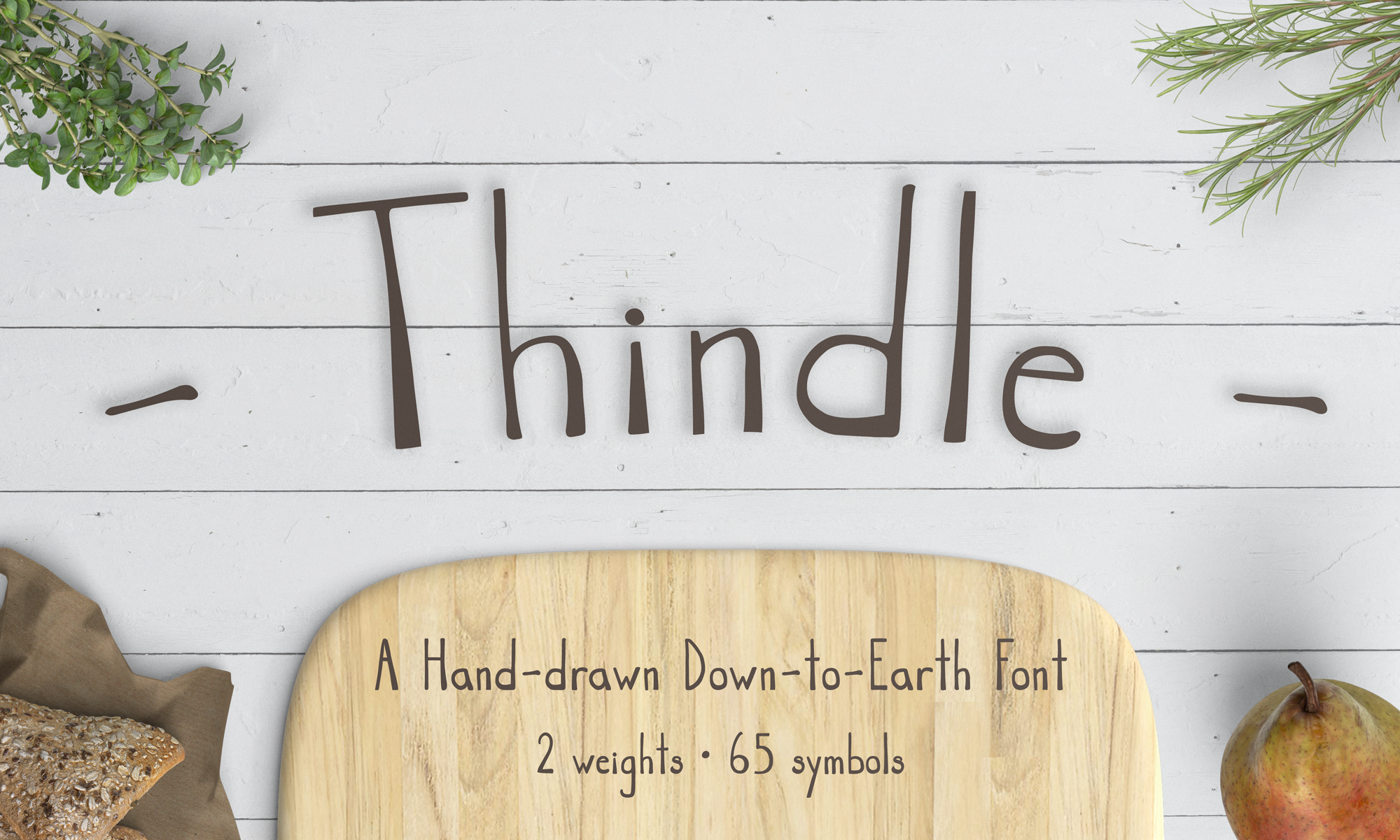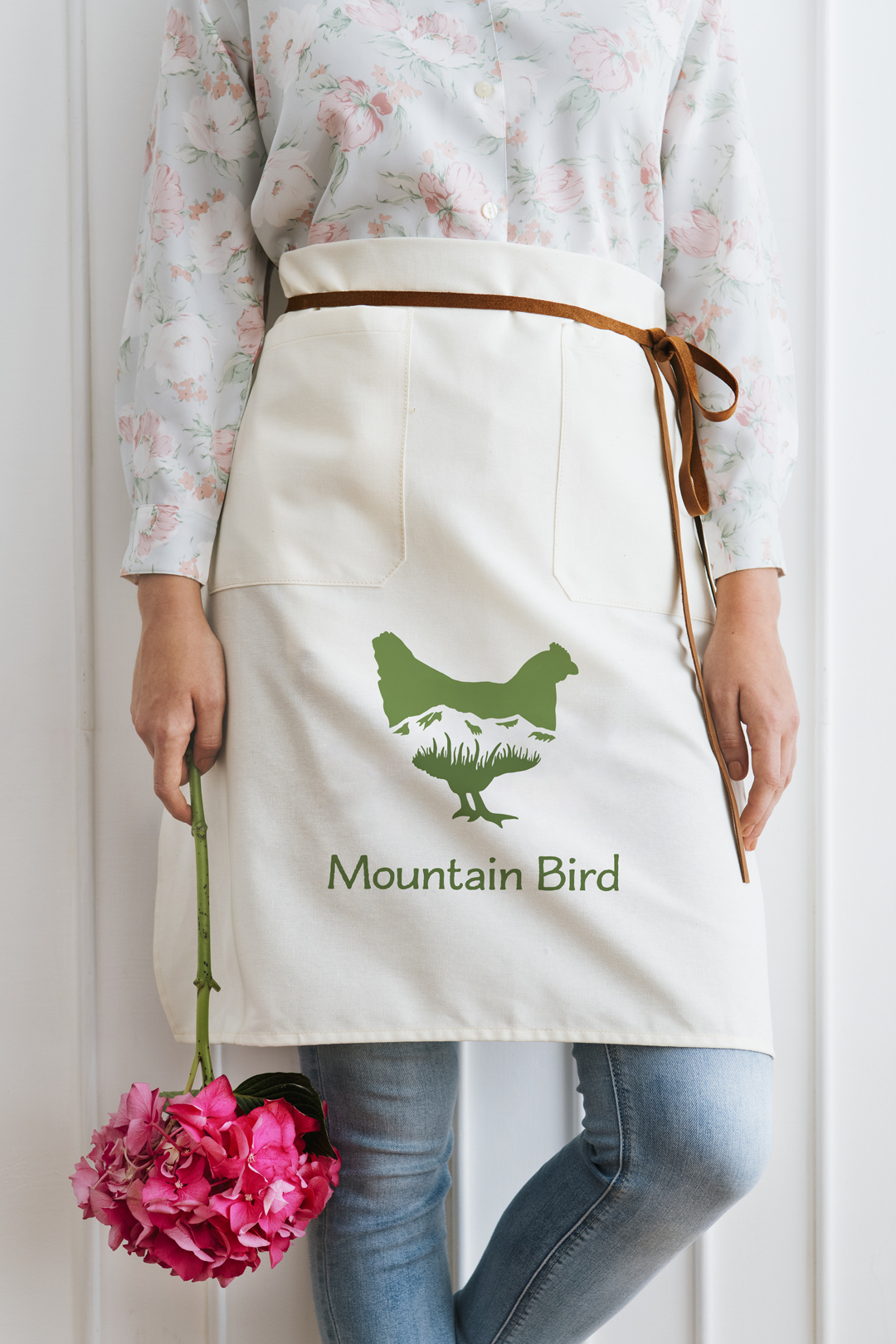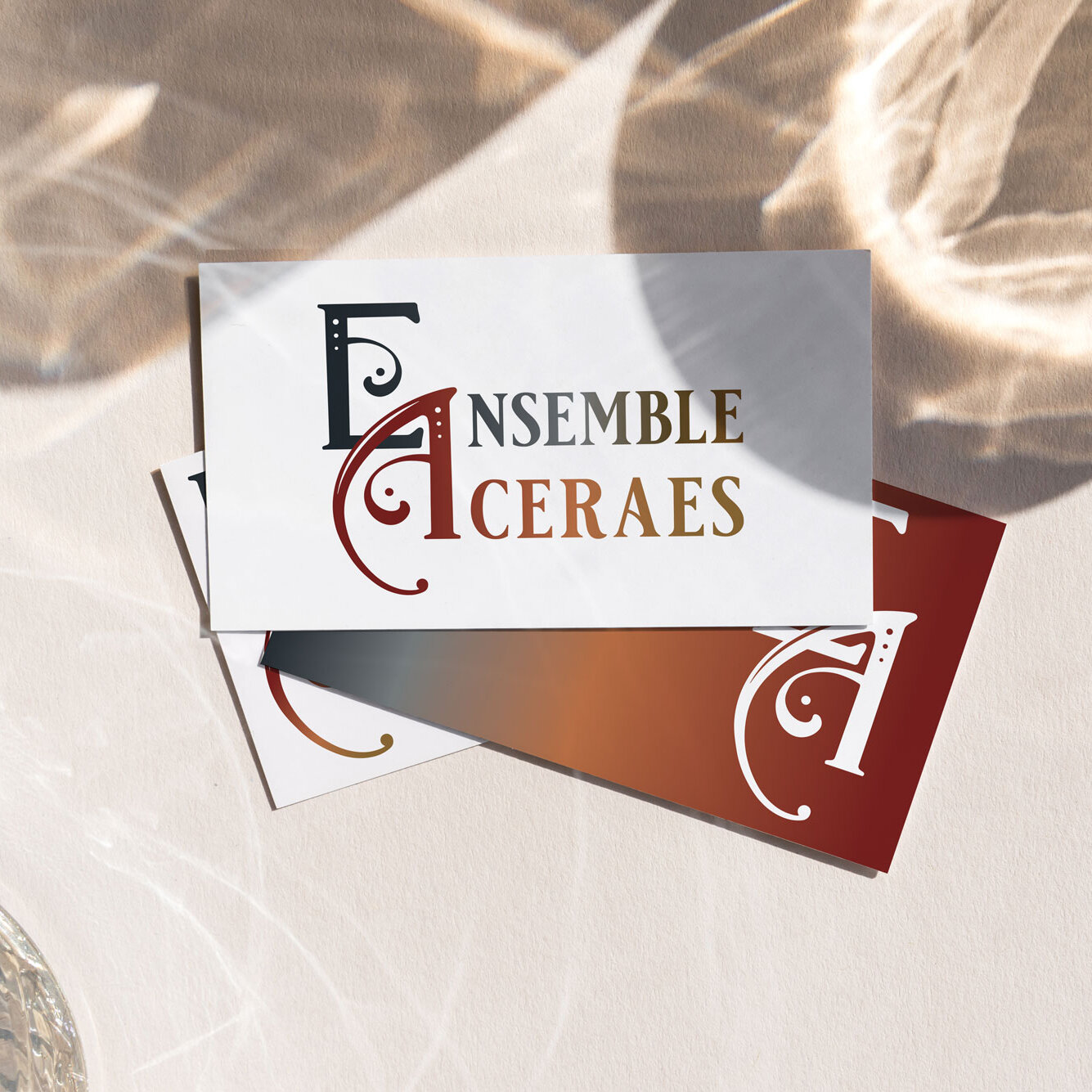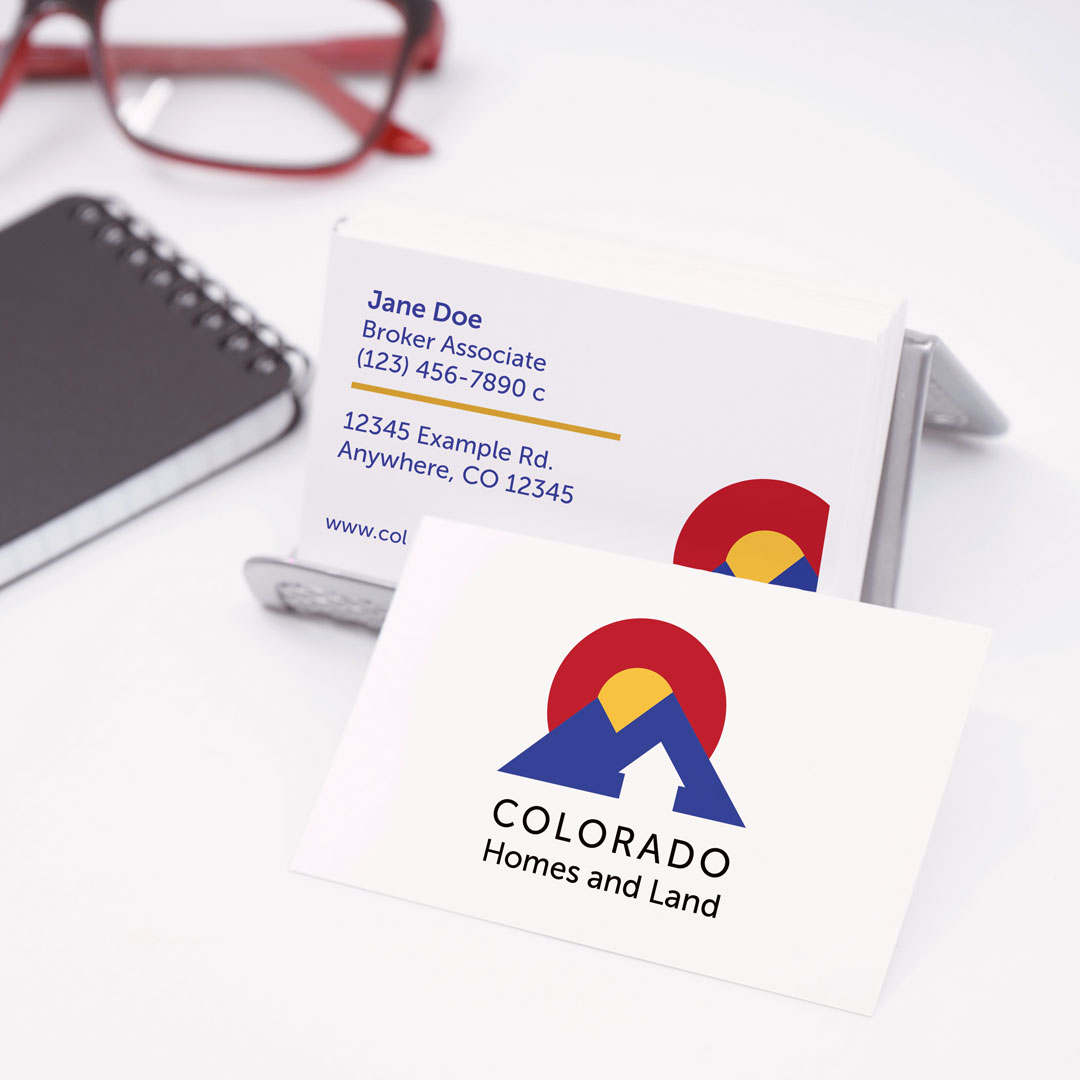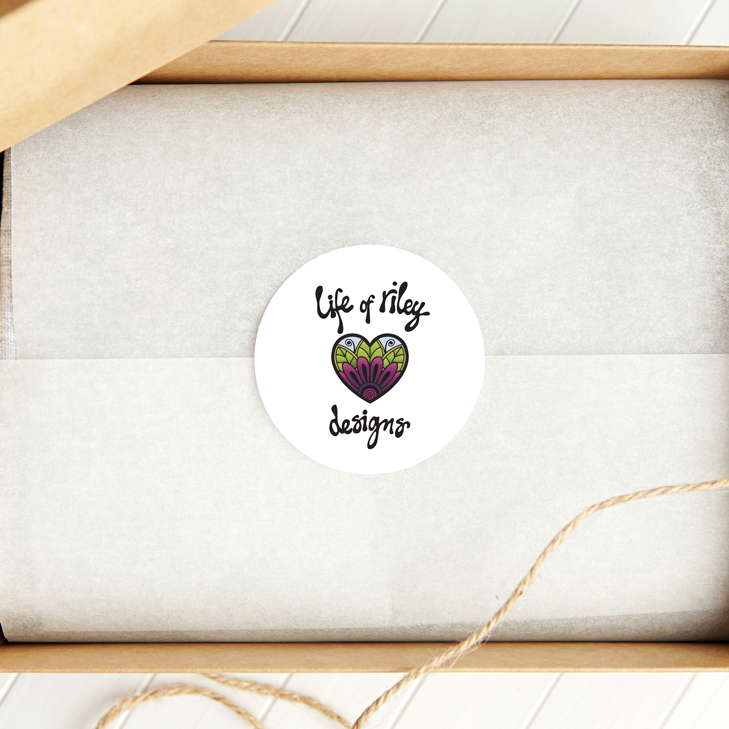Judge a Book by Its Cover
I’m an avid reader. When I go to buy a book for myself or a friend, I select the most eye-catching, clever cover that makes me feel like the book would be a special treat. Your branding should attract and make your customers feel this way about what you’ve got to offer.
Not everyone buys books the way I do. I am part of a niche that buys based on visual appeal. Your customers may be different. The important thing is to pinpoint the exact kind of people who will be your loyal customers.
Many of my clients initially say, “I want everyone to buy my book/product!” This is neither realistic nor useful, because not everyone will buy what you have to offer. However, there will be similarities between those who do. When I am approached to work on a visual identity, brand or cover, I want to make sure I’m designing to attract a targeted group of people for my clients.
You can spend a lot of money and time trying out different covers or packaging, but starting with one well-thought-out visual identity and keeping it consistent will help your clients easily recognize your offerings from the get-go and avoid confusing changes.
How Do You Find the ‘Ideal Client’?
You don’t…they find YOU. An ideal client is someone who finds the perfect solution to their problems or needs in the products that you provide (See Bourn Creative). A highly effective brand or cover design starts with a client profile. When you envision this person, you are using the power of intention to attract them and share what you have to offer. And when they find you, they will become your promoters and organically spread the word to their friends and family about your amazing offering. Let’s get to know them in-depth like a best friend. This is the fun part…
Define the problem you solve for your customers. Think about why someone would buy a book. It starts with the genre and topic. Maybe my ideal client is looking for insight on how to better communicate with their pets because their dog is having behavioral issues. Perhaps they are looking for guidance through the divine feminine as they seek to cope with the current pandemic.
Define your ideal client’s demographics. Who is the type of person that experiences the problem you can solve? Define their demographic profile, including their age, gender, where they live, how much money they make and even the car they drive. Give them a name–the more specific the better!
Understand how your ideal client thinks by outlining their ‘psychographics’. What are their interests, dreams and values? What are their worries and fears? Two exercises that help with this:
- Define their background story. If you can tell this story through your brand in a way that resonates with like-minded people, you can attract them as readers/customers. How was their childhood? What challenges did they face and overcome? What circumstances led them to where they are today?
- Describe a “Day-In-The-Life” for them. What does a typical day look like and where do you envision them encountering your offering during that day?
This is all well and good to picture in your mind, but how do you easily capture all this information? I have a FREE Branding Assessment tool that I use with my clients to get to the heart of these questions, record responses for later use and share them with collaborators.
FREE Branding Assessment
Yoka Design’s tried and true questions for brand development.
Fill out these questions, submit them, and you will receive a complimentary summery of your responses via email. Use this summary to digest and envision the potential for your brand’s greatness, capture and share your thoughts with partners and collaborators, send it to a graphic designer to have them develop your look and feel, or hire me to develop your brand.
The Target Effect
Why would you limit yourself to defining just one client? Because when you do your homework envisioning them, they will manifest and fit so well with what you are offering that they become your ambassadors. You have likely had the experience of finding a book, product or service you thought was so amazing that you had to tell someone. Generating this excitement and ‘word on the street’ is what you are aiming for.
Picture a target with your ideal client in the middle. Once they experience your incredible book or offering, they will spread the word to people who are like them–friends, family, co-workers and community members. Those people will then share with their network and your information will radiate out and spread organically.
Word-of-mouth is better than any advertising you can invest in because the information comes from the trusted source of a friend or colleague. This is why spending time on getting your ideal client defined right the first time is important. And, in reality, chances are good that the branding you develop for your ideal client will appeal to a ‘type of people’ and not just one person.
Design
Now that you know your ideal reader or client like a BFF, what do you do with this information? I know what styles I like and you may know what styles you like, but what about the people who will buy from you? What appeals to them? Use your ideal client profile to develop a cover or brand that will attract this type of person.
Say I am an author of historical fiction based on women characters. I have identified my ideal reader as a mother of two who works for an engineering firm with tight deadlines. She likes to relax by reading before bed. I know I need to develop a book cover that is feminine, has flowing round shapes and uses soothing warm color tones to let her know my book is for her to kick her feet up at the end of a stressful day.
Brand design is complex and involves planning and psychology to determine color, font and texture choice for packaging and branding. If you have a basic understanding of these concepts and have confidence in your design skills, then this is your time to shine–design a professional book cover, packaging or branding materials for that ideal client.
If you aren’t so confident, please don’t hire your nephew who took a Photoshop class. We’ve all seen book covers and logos that look homemade. If you are ready to really sell your offering, a professional design is the key making sure you don’t deter customers. It is time to invest in an experienced graphic designer.
Use Your Brand Strategically
You’ve already defined how your ideal client spends their day. Use this to think about the potential locations where this person can encounter your information. Best-case scenario is for them to find your brand when they have the problem you solve top-of-mind. If my reader spends her Sunday mornings surfing social media, I place a branded ad on Facebook or Instagram using their demographic information.
Keep it Consistent
Once you’ve landed on a brand, don’t change it. Keep your visual identity consistent so your loyal clients recognize you and keep coming back. For some clients, there is nothing more frustrating than frequent change. Make sure that you use the same name, logo, colors, fonts and textures.
I know many business owners who don’t like their brand or want to use other graphics in their logo, but beware: too much clutter and change is unprofessional and it creates distance between you and your original ideal client. For this reason, picking a brand that you like is almost as important as picking one that will attract your ideal client.
If you are rebranding and know things will be changing, make every effort to give your customers a heads-up. Your website will be changing in a week? Make sure your old website has a banner at the top with this announcement. Build excitement for your new look and feel with a few ‘teaser’ posts on Instagram. If you ship products, include a handbill asking customers to watch for the launch of your new brand.
Branding isn’t rocket science, but it shouldn’t be based solely on the style you like. Done right, your products will have lasting appeal that will grow loyal customers organically.
The Recap
- Define the problem you solve for your customers.
- Create your ideal client with the ‘Target Effect’ in mind by using my Branding Assessment Tool
- Design your brand or cover (or contact me to get started).
- Use your brand in strategic places that your ideal client will encounter.
- Keep it consistent. Don’t alter your look and feel as it may confuse your loyal customers.





